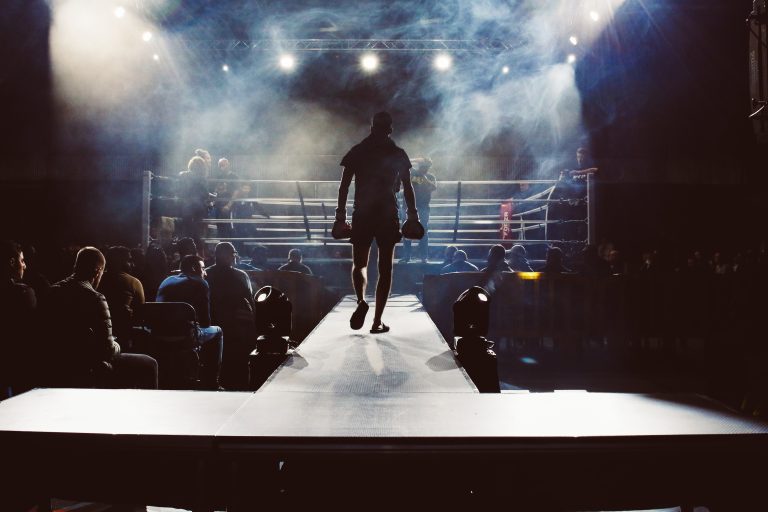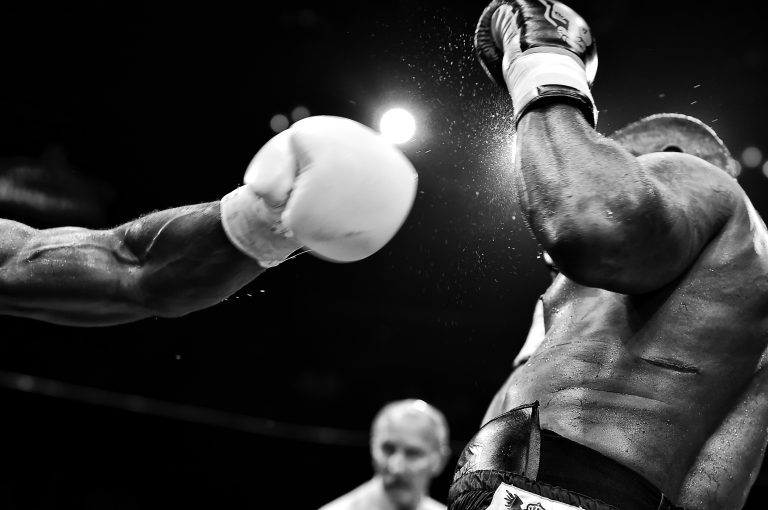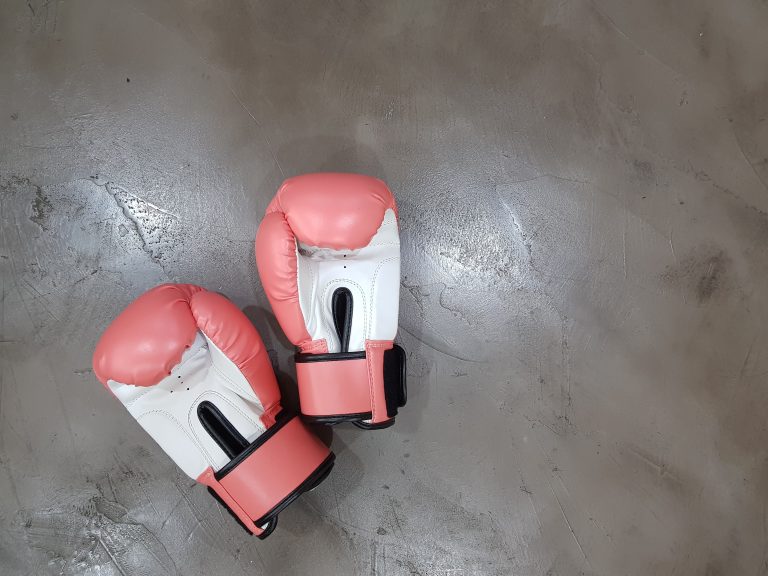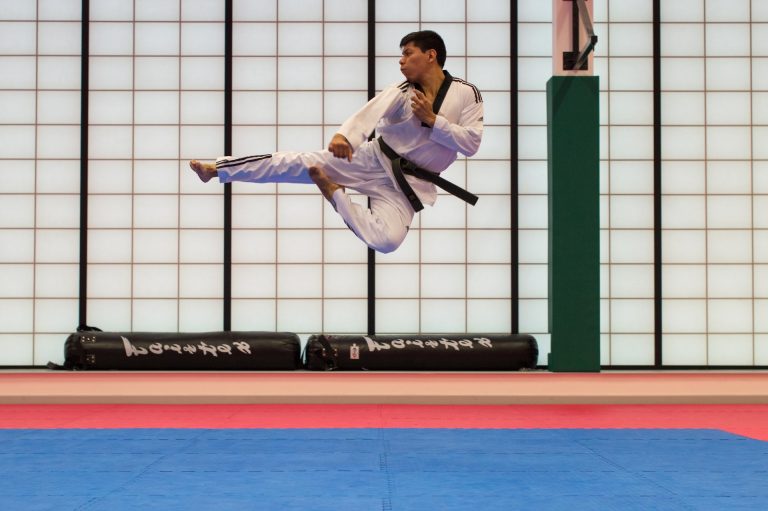Everything You Need to Know About Karate
You’ve likely heard of karate, but do you know what it is, why it’s popular, and what benefits it offers? In this blog post, we’ll dive into everything you need to know about karate, from its origins to tips for getting the most out of your martial arts training.
What Is Karate?
Karate is a form of martial arts originating from the Okinawa Islands of Japan. The word “karate” means “empty hand”, a reference to the fact that karate practitioners use their body as a weapon rather than relying on a weapon such as a sword or staff.
Karate consists of striking techniques such as kicks, blocks, and punches. There is also an emphasis on form, breathing, and focus, known as kata. The main goal of karate is self-defense and physical fitness.
Karate is known for its rigid code of conduct, which includes respect for the teachers and fellow students. This is a major part of karate’s appeal, as it promotes humility and good character.
The History of Karate
Karate was first developed in Okinawa in the 16th century. According to legend, the founder of modern karate was a man named Matsumura Sokon. He combined various techniques from Chinese kung fu, Indian Kalaripayattu, and indigenous Okinawan martial arts to create a new style of martial arts.
The popularity of karate grew in the early 20th century with the formation of the “Shotokan” style by Gichin Funakoshi. This style emphasized stances and techniques and included a grading system for measuring a student’s progress. Funakoshi also popularized the phrase “Karate-do” to refer to a way of life based on karate principles.
Karate became increasingly popular in Japan after World War II before becoming a global phenomenon in the 1970s and 1980s with the help of Bruce Lee and other martial artists. Nowadays, karate is practiced all over the world and is a part of the Olympic program.
Benefits of Training Karate
Karate offers numerous benefits both physically and psychologically. Here are some potential benefits of training karate:
- improved flexibility: Karate requires you to move your body in different directions to block attacks or kick. This can help you increase your flexibility over time.
- increased strength: Karate requires practitioners to use their entire body – arms, legs, torso, etc – during training. This all-over body workout can help you develop stronger muscles.
- better coordination: Karate movements require precision and coordination, which will be improved with regular practice.
- improved self-defense skills: The main purpose of karate is self-defense, so practicing regularly will help you develop the skills necessary to protect yourself.
- stress relief: Karate is an intense physical and mental workout which can help you relieve stress and clear your mind.
- stronger mental focus: Karate requires focus during practice to properly execute techniques. This can help improve mental focus which carries over into other areas of your life.
Karate Training Tips
If you’re interested in getting started with karate training, here are some tips to help you get the most out of your experience:
- Start slowly: Don’t try to rush into advanced techniques right away. Spend some time mastering the basic moves before attempting more complex ones.
- Be consistent: To see results, consistency is key. Try to practice karate on a regular basis, even if it’s just a few times per week.
- Listen to instructions: Your sensei’s instructions are there for a reason – to help you learn and make progress in karate. Make sure you listen carefully and act on the instructions given.
- Work on your form: Practicing the correct form and stance is essential for seeing improvement. Work on perfecting your form every day to ensure you’re seeing a benefit.
- Practice katas: Karate involves more than just kicks and punches. Katas are essential for developing concentration and discipline, so make sure you practice them regularly.
Conclusion
Karate is an ancient martial art originating from the Okinawa Islands of Japan that still enjoys immense popularity around the world today. With its focus on self-defense, respect, and physical fitness, it’s easy to see why so many people are drawn to this powerful combat sport. Whether you’re looking for a way to destress after a long day or just want to achieve physical excellence, training karate can be a rewarding experience. Just be sure to keep the tips above in mind for maximum results!
Sources:
– [Gichin Funakoshi – The Father of Modern Karate](https://www.e-budo.com/article/father-modern-karate/)
– [The Okinawan Martial Arts](https://www.blackbeltmag.com/category/articles/about-karate/okinawan-martial-arts)
– [7 Benefits of Karate Training](https://www.kobukai.org/blog/7-benefits-of-karate-training/)
– [Quick Tips For Beginner Karate Trainees](https://www.maximpactkarate.com/quick-tips-for-beginners-karate-trainees/)
Everything You Need to Know About Karate
Karate is a martial art originating from Okinawa, Japan. It was developed over hundreds of years and has now become one of the most popular forms of martial arts in the world. Karate is known for its use of punches, kicks, and strikes as well as its focus on discipline and respect. In this blog post, we will answer some of the most frequently asked questions about Karate.
What is Karate?
Karate is a martial art that emphasizes striking techniques, such as punches, kicks, and elbows. It is a traditional form of self-defense that originated in Okinawa, Japan. Karate is also a competitive sport, with practitioners competing in tournaments around the world.
What are the Benefits of Practicing Karate?
Practicing karate can bring many benefits to both physical and mental health. Here are a few of the many benefits:
Physical Benefits:
- Improves overall fitness and strength
- Improves flexibility and balance
- Increases cardiovascular endurance
- Helps develop coordination and motor skills
- Teaches self-defense techniques
Mental Benefits:
- Fosters discipline and focus
- Improves self-confidence and self-esteem
- Reduces stress and anxiety
- Teaches respect and humility
What Are the Different Styles of Karate?
There are many different styles of karate, each with its own unique techniques and philosophies. Some of the most popular styles include:
- Shotokan Karate – emphasizes strong, powerful techniques and a focus on kata (formalized sequences of movements)
- Goju-Ryu Karate – emphasizes a combination of hard and soft techniques and a focus on breathing techniques
- Shito-Ryu Karate – emphasizes precise and efficient techniques and a focus on kata
- Wado-Ryu Karate – emphasizes a combination of karate and jujitsu techniques and a focus on body shifting and evasion
- Kyokushin Karate – emphasizes full-contact sparring and a focus on using the entire body in techniques
What Do the Different Color Belts Mean in Karate?
Karate belts are used to signify a practitioner’s level of skill and rank within the art. Here is a breakdown of the belt colors and what they represent:
- White Belt – symbolizes a beginner’s level of skill and knowledge in karate
- Yellow Belt – represents an intermediate level of skill and knowledge
- Orange Belt – represents a further development of skill and knowledge
- Green Belt – represents a higher level of skill and knowledge
- Blue Belt – represents an advanced level of skill and knowledge
- Purple Belt – represents an expert level of skill and knowledge
- Brown Belt – represents a very high level of skill and knowledge
- Black Belt – represents mastery of karate and its principles
What is the Difference Between Karate and Other Martial Arts?
Karate is just one form of martial arts, and like other martial arts, it has its own unique techniques and philosophies. Some notable differences between karate and other martial arts include:
- Karate emphasizes striking techniques, whereas other martial arts like judo emphasize throws and grappling
- Karate tends to be more focused on the traditional aspects of martial arts, whereas other martial arts like MMA are focused on practicality and real-world application
- Karate typically uses a system of colored belts to signify rank and progression, whereas other martial arts use different methods of ranking and advancement
What Should I Look for in a Karate School or Instructor?
When choosing a karate school or instructor, there are a few important factors to consider, including:
- The instructor’s qualifications and experience
- The style of karate being taught
- The attitude and atmosphere of the school
- The cost and location
It’s important to find an instructor who is knowledgeable and experienced in the style of karate you wish to learn, and who creates a positive and supportive learning environment.
Is Karate Safe?
While karate is generally regarded as a safe martial art when practiced correctly, there is always a risk of injury involved in any physical activity. That’s why it’s important to practice proper techniques and safety precautions, such as using protective gear and training with a qualified instructor.
Conclusion
Karate is a martial art that offers a range of physical and mental benefits, from improved fitness and strength to increased self-confidence and discipline. By knowing what to look for in a karate school or instructor, you can find a safe and supportive environment to learn and grow in your karate practice. Whether you’re a beginner or an experienced practitioner, karate can offer a challenging and rewarding journey towards mastery and self-improvement.
Inhaltsverzeichnis






